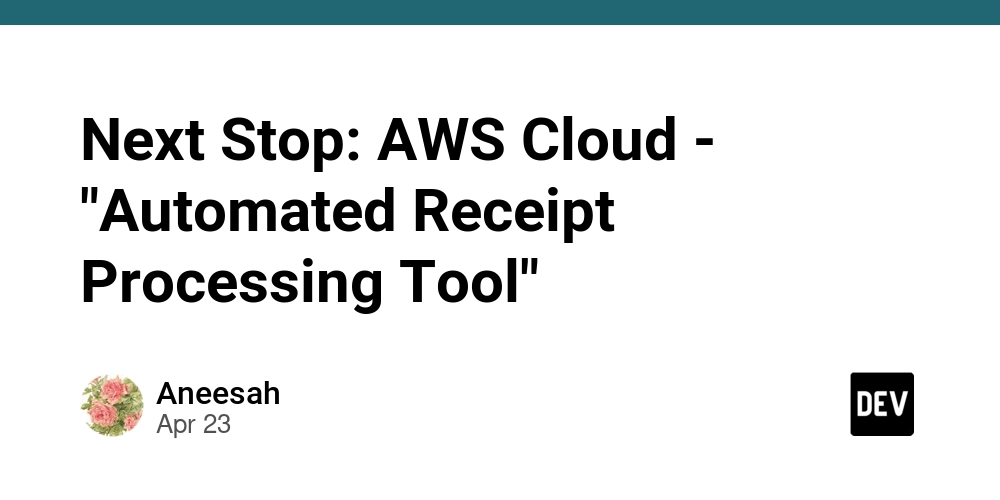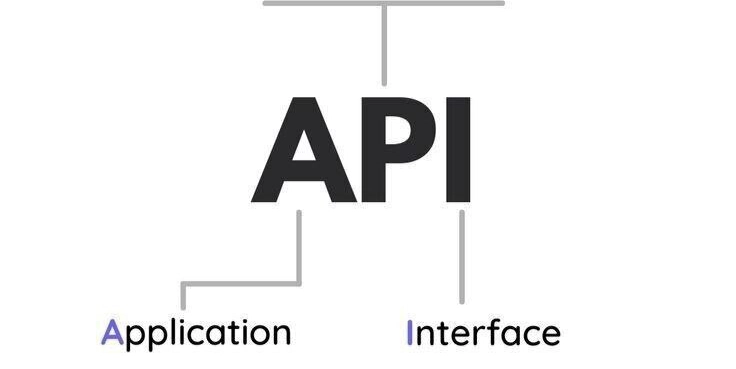Transform Your Terminal: A Guide to a Stunning Zsh Setup
Want a terminal that's not just functional but also visually appealing and efficient? This guide provides actionable steps to customize your Zsh shell into a powerhouse of productivity and aesthetics. Let's dive into creating a stunning Zsh setup!
Why Bother Customizing Your Zsh Shell?
- Increased Efficiency: Customizations like aliases and autocompletion can dramatically speed up your workflow.
- Improved Readability: A well-configured terminal makes it easier to parse information and avoid errors.
- Personalized Experience: Tailor your environment to perfectly match your needs and preferences.
Step 1: Installing Zsh, the Foundation for a Stunning Terminal
Zsh (Z Shell) is a powerful alternative to Bash, offering more features and flexibility.
- Debian/Ubuntu:
sudo apt-get install zsh - macOS: Zsh is the default shell since macOS Catalina. If not,
brew install zsh. - Set Zsh as Default: After installation, make Zsh your default shell with
chsh -s $(which zsh).
Step 2: Embracing Oh My Zsh for Effortless Customization
Oh My Zsh simplifies Zsh configuration with themes and plugins.
- Installation:
sh -c "$(curl -fsSL https://raw.githubusercontent.com/ohmyzsh/install/master/install.sh)" - Result: It transforms your Zsh experience by making customization accessible.
Step 3: Power Up with Zsh Plugins
Plugins add functionalities. The git plugin is enabled by default, but you can add more.
- Editing .zshrc: Open your
.zshrcfile using a text editor (e.g.,nano ~/.zshrc). - Add Plugins: Locate the
plugins=(git)line and add plugins inside the parentheses, separated by spaces (e.g.,plugins=(git zsh-autosuggestions zsh-syntax-highlighting)). - Common Plugins:
zsh-autosuggestions: Suggests commands as you type.zsh-syntax-highlighting: Highlights commands, making errors easier to spot.
Step 4: Enhance Speed and Usability with Autosuggestions and Syntax Highlighting
These plugins are game-changers for productivity.
- Zsh Autosuggestions: It anticipates your commands based on history and completions. Install it via your plugin manager. Example:
brew install zsh-autosuggestions. You can install it as a custom plugin as stated in the previous step. - Zsh Syntax Highlighting: Identifies errors before you run a command. Install it from your plugin manager. Example:
brew install zsh-syntax-highlighting. Likezsh-autosuggestionsthis plugin can be added to your configuration via the.zshrcfile.
Step 5: Choosing the Perfect Theme
Themes change the look and feel of your terminal.
- Browsing Themes: Oh My Zsh comes with many themes. View them in the
~/.oh-my-zsh/themesdirectory. - Setting a Theme: Edit the
ZSH_THEMEvariable in your.zshrcfile (e.g.,ZSH_THEME="agnoster"). - Powerlevel10k: For a highly customizable theme, consider Powerlevel10k. Install and configure it by following the instructions in its GitHub repository.
Step 6: Additional Customizations for a Truly Stunning Zsh Experience
Go beyond the basics to create a unique environment. Customize the prompt!
- Aliases: Create shortcuts for frequently used commands by adding
alias short='long command'to your.zshrc. - Custom Functions: Write your own functions for complex tasks.
- Fonts: Use a Nerd Font for improved icon support (required for some themes).
Step 7: Applying Your Changes
After making changes to .zshrc, reload your Zsh configuration.
- Run
source ~/.zshrcor restart your terminal.
By following these steps, you can transform your Zsh terminal into a visually appealing and extremely efficient environment tailored to your workflow. Enjoy your stunning Zsh experience!


















